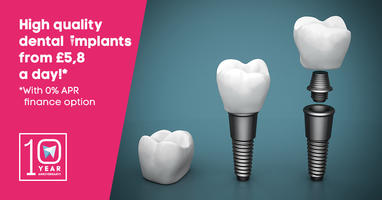The difference between tooth fillings and inlays or onlays is sometimes a bit difficult to understand for patients, as the difference is one of degrees. No, an inlay is not just a big filling, although it does fulfil a similar function. No they are not interchangeable, and no, many fillings do not become an inlay or onlay. Here is the skinny on what fillings and inlays are, what they are not, how they are different, and what role each of them plays.

White fillings
Composite gradia tooth fillings, or tooth coloured fillings, also called white fillings, have been the talk of the town in dentistry since their inception. Replacing amalgam which leaks trace amounts of mercury into the system, these fillings have no side effects and are more aesthetically pleasing as they are off white, tooth coloured. They are made up of a synthetic composite resin, and need to be changed every 4-5 years or so. They are used to fill in a cavity caused by tooth decay, and can be applied to any tooth surface at all.
Inlays and onlays
Think of an inlay as a little piece of a crown, designed to restore a tooth that has been compromised, but is nowhere near the end of its life span. If a chunk is missing from your tooth, or if it has undergone substantial decay and a filling would fall right out of it, more drastic solutions are needed. This is when an inlay, or in even more severe cases an onlay is used; a little piece of porcelain just the right size and shape to cover the entirety of the missing portion of tooth, and restore healthy chewing function, stop tooth decay, and complete the patient’s smile.
Roles and functions
While tooth fillings are made to stop tooth decay and plug up a cavity, an inlay or onlay has to restore a tooth to its full function, meaning it has to act as a part of a crown. This means it has to be not just bigger, but more resilient, more effective, and longer lasting than the tooth filling while still fulfilling the functions that a tooth filling has to, namely, stopping tooth decay and insulating the dental nerve so that the tooth does not become painful and sensitive.
More information about inlays
Our fees
Contact us for more information!

